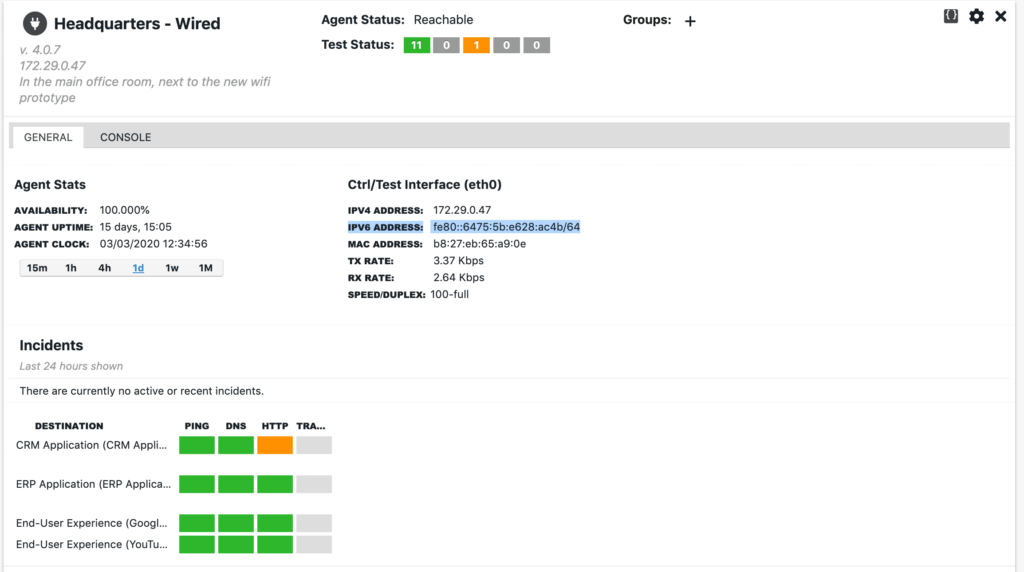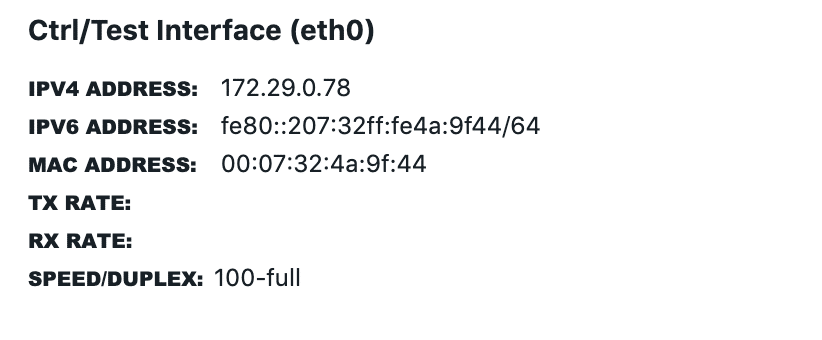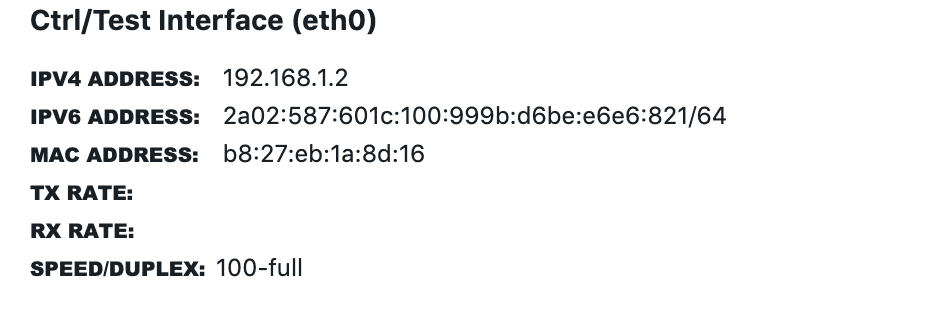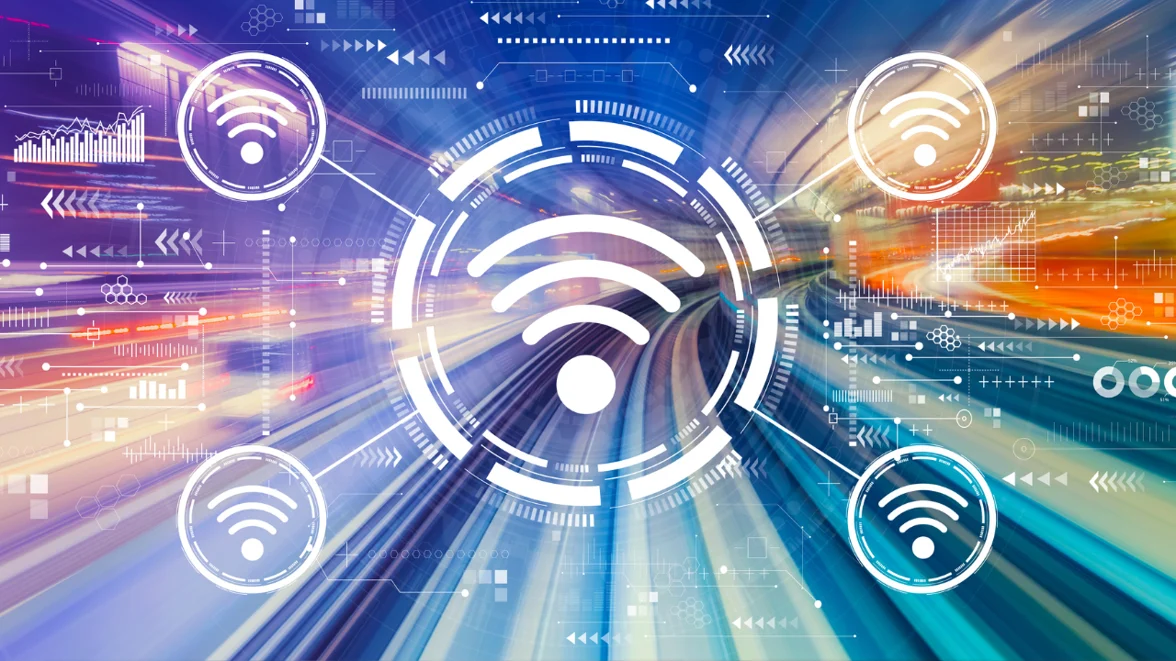IPv6 Addresses
Starting with NetBeez release 4.0, NetBeez agents will report and display IPv6 addresses on the user dashboard. This new feature enables network engineers who have deployed IPv6 to verify that their networks are properly assigning IPv6 addresses to their clients. This feature has been long awaited by our users, and we are happy to have finally released it to all NetBeez users!
From an adoption perspective, we’ve seen IPv6 addresses being widely deployed in service providers, but not so much in private enterprises. It’s clear that, as of 2020, IPv6 adoption is still in the works and we still have a long way to go to see full deployment.
When displaying IPv6 addresses, we take into consideration two types of addresses: link-local and global unicast. Since the NetBeez dashboard reports only one IPv6 address at the time, global unicast addresses are prioritized for display over link-local.

Link-Local IPv6 Addresses
Link-local addresses, as the word says, is a class of addresses that is valid only within a network segment or broadcast domain. This type of addresses is mostly assigned to hosts via stateless address auto-configuration (SLAAC). In the stateless address auto-configuration, the first 10 bits of the link-local prefix corresponds to FE80::/10. This prefix is reserved by IANA. The remaining 54 bits of the address prefix corresponds to the subnet ID and are generally set to 0. Routers can also provide network prefixes via router advertisements. You can read more about this in RFC2894. To complete the address, each host generates a unique interface identifier, which is 64-bit long. The interface identifier is appended to the prefix broadcasted by the router, composing the 128-bit IPv6 address.
Global Unicast IPv6 Addresses
Global unicast IPv6 addresses are assigned by IANA to provide Internet routable addresses. The prefix of IPv6 global unicast addresses is 2001::/32. That means that there are 296 available Internet routable IPv6 addresses. Like IPv4, the address prefix will be set based on the geographical location of the source network. You can see the full IPv6 allocation on the IANA website.
While SLAAC is a method that can be used to configure global unicast addresses on hosts, this method leaves little control in terms of the addressing scheme and limits who can obtain an address. DHCPv6 is widely used by network administrators wanting to maintain control on who can access global unicast IPv6 addresses. It is Important to note is that DHCPv6 can also be used in conjunction with SLAAC to provide additional information such as DNS servers, etc. The packets exchanged between a DHCPv6 client and server are slightly different from the IPv4 version (also called D-O-R-A transaction). In DHCPv6 the address offering transaction is the following:
- Client sends a solicit from UDP port 546 to server port 547
- Server replies with an advertise from port UDP 547 to client port 546
- Client replies with a request from UDP port 546 to server port 547
- Server finishes with a reply from UDP port 547 to client port 546
Other New Features Included in Release
Outside IPv6 addressing, two other valuable features were included in NetBeez release 4.0:
- First phase of the NetBeez Public Interoperability API: You can see the documentation site for available APIs. This API is an update to our existing API.
- Create groups of agents and assign targets to those groups. Any agents that are a part of the group will automatically monitor those targets. Create a default agent group that first time connecting agents will automatically be assigned to. You can check out the documentation for more details.







